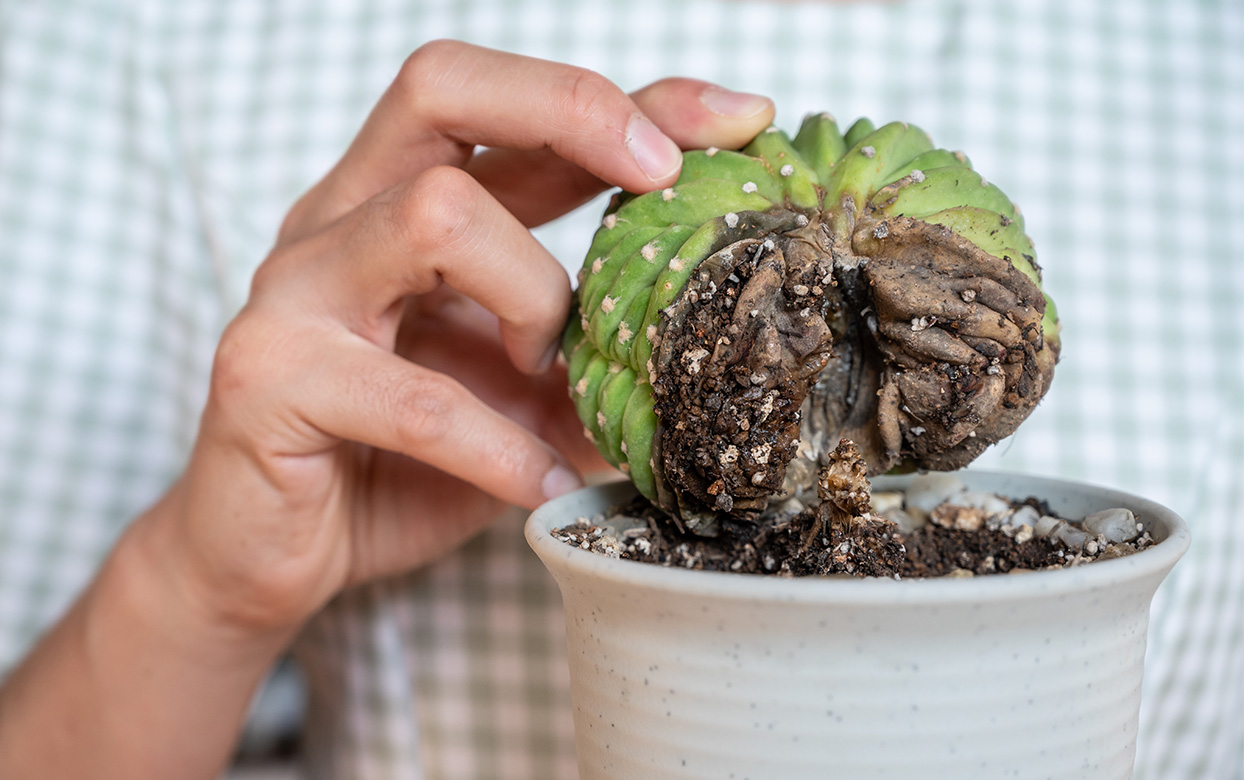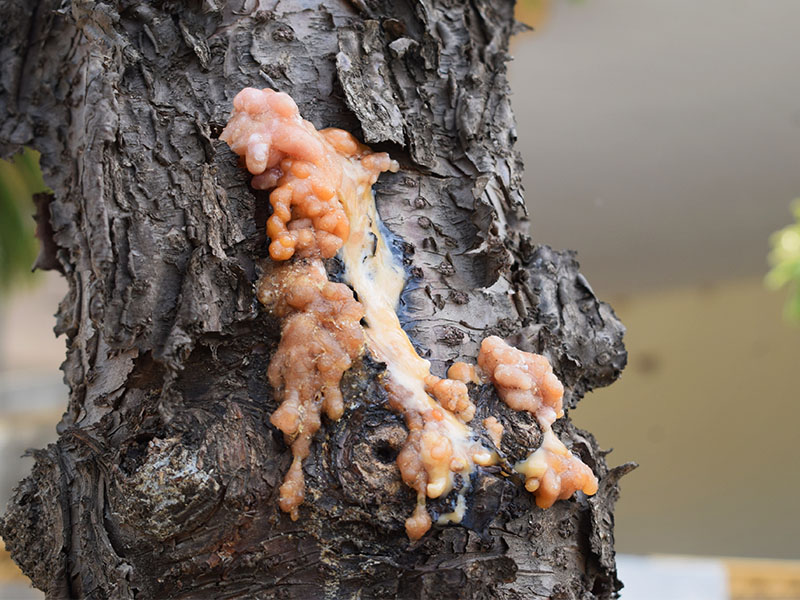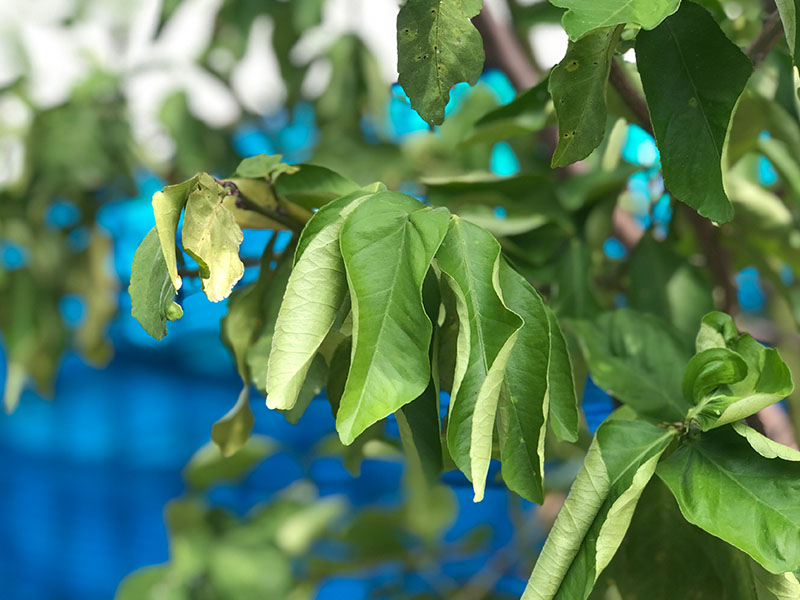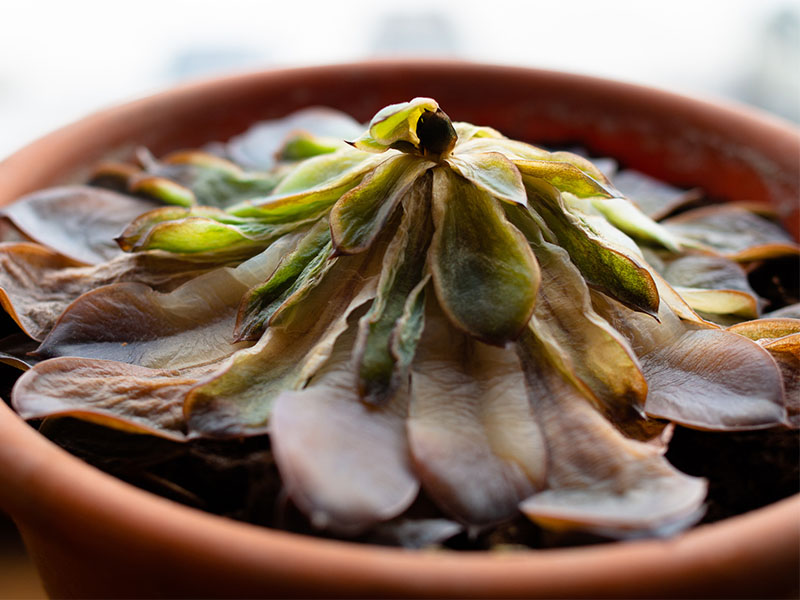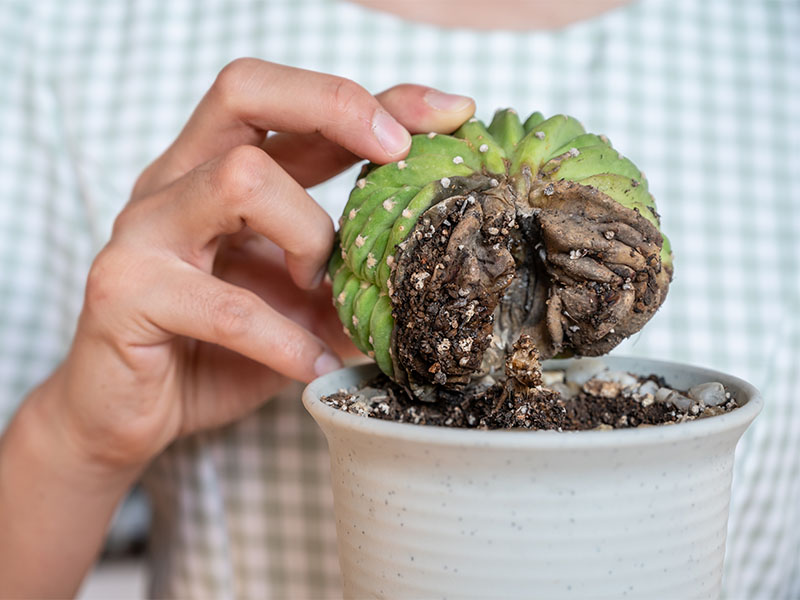Plants are susceptible to diseases, injuries and stress. Plant problems can have multiple causes, making it difficult to identify the primary or even secondary issues. To make matters worse, gardens exhibit variability because they are dynamic living systems. Plant problems can be caused by both living (biotic) and nonliving (abiotic) factors, and sometimes distinguishing between these two causes can be difficult because a plant can exhibit similar symptoms. For example, wilting can be caused by lack of water (abiotic) but can also be a symptom of vascular disease (biotic).
Here are a few tips to help you diagnose your plant problems.
- Identify the plant. This helps you research any known problems and how to determine what is normal for the plant.
- List the symptoms – yellowing, wilting, branch die back, etc.
- Examine the site location. Is the soil wet or compacted? Is there nearby infrastructure (walls, walkways) impacting plant growth or contributing to the plant problems.
- What type of management practices have been used? Have the plants been recently pruned? Any fertilizers or herbicides recently applied?
Want to learn more? Sign up for the Garden’s Desert Landscape School. This spring, our team is offering an online short course on plant problems and diagnosis. Use these plant diagnosis strategies to unlock the best-kept secrets on elevating your plant care routine. We got you covered.
During April, save 10% off the Garden member price! This online course ends June 8. Register today online.
